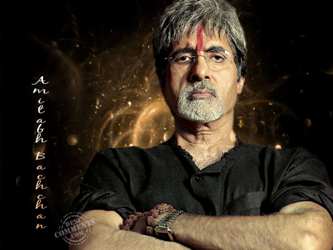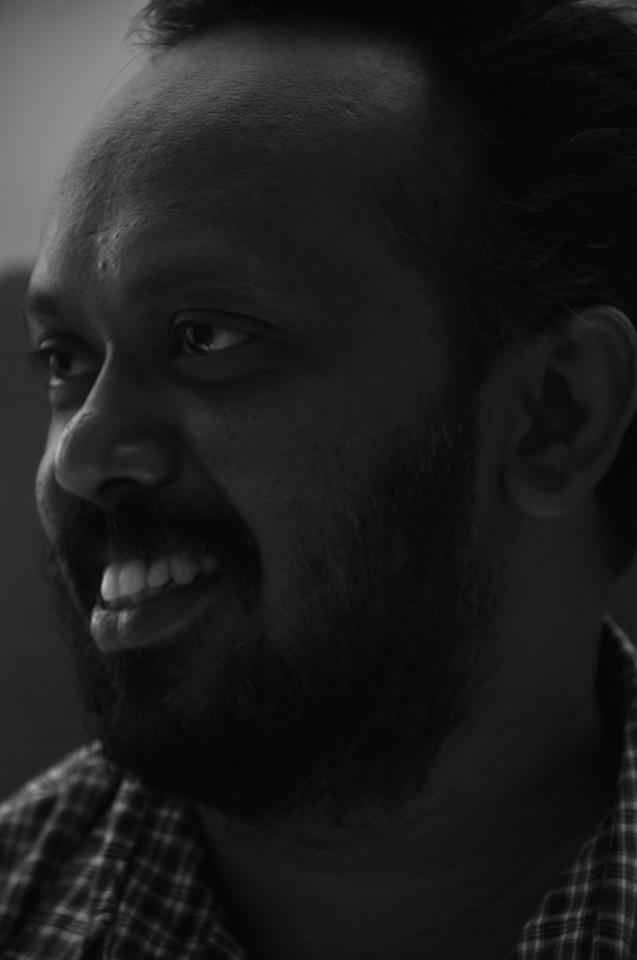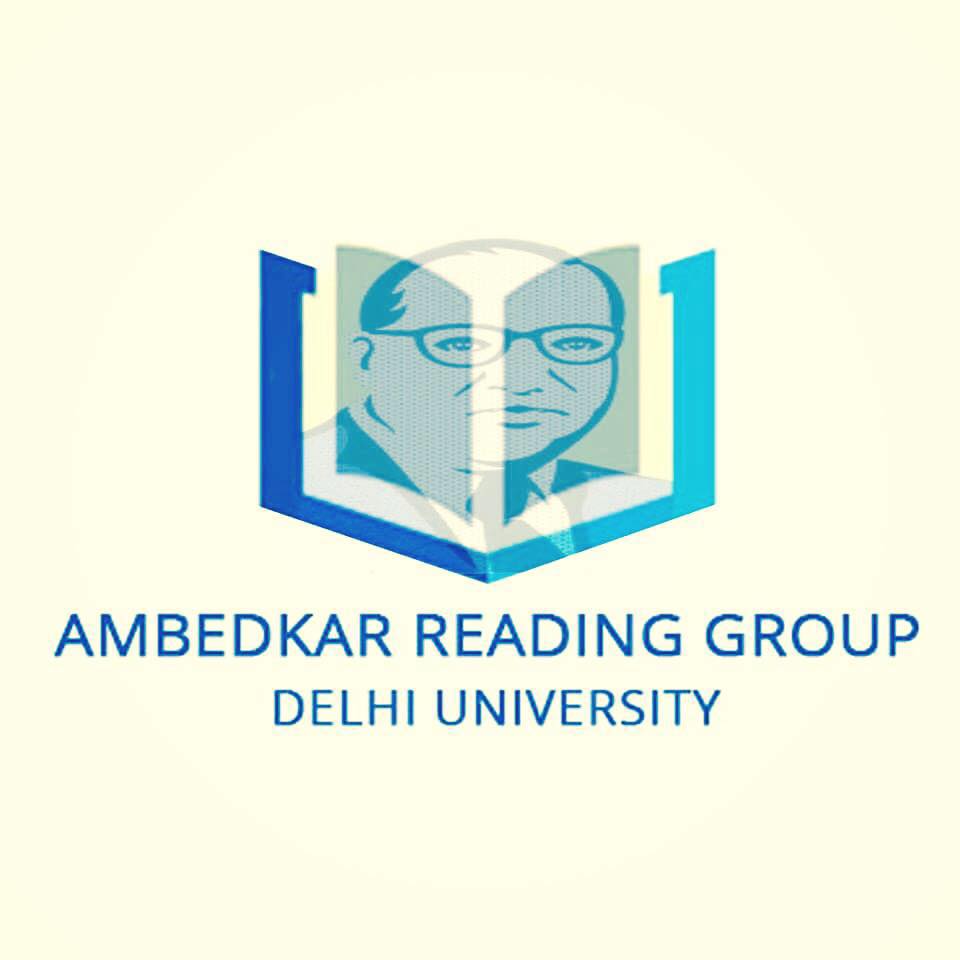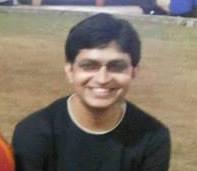Kuffir
‘I am not a believer in the caste system‘ says Amitabh Bachchan. This is not the first time that he has repudiated caste. He had spoken out against the caste census earlier when he said his caste was ‘Indian‘. It is another matter that the Kayasthas aren’t willing to let go of him.
 Has the ‘angry young man’ mellowed down? Wasn’t he the rebel who consistently fought against injustice and exploitation from his earliest films? One could be accused of conflating the two, his screen persona and his real life personality, and trying to make the latter, reality, to stand up for the former, fiction. But this article tries to argue that there isn’t much difference between the angry young man of a few decades ago and the seemingly mellow old man, the real Bachchan of now. Both stand for a conservative social order, for caste.
Has the ‘angry young man’ mellowed down? Wasn’t he the rebel who consistently fought against injustice and exploitation from his earliest films? One could be accused of conflating the two, his screen persona and his real life personality, and trying to make the latter, reality, to stand up for the former, fiction. But this article tries to argue that there isn’t much difference between the angry young man of a few decades ago and the seemingly mellow old man, the real Bachchan of now. Both stand for a conservative social order, for caste.
The mistake that we make when we speak of the ‘angry young man’ as an underdog, is the same as the one the planning commission makes when it seeks to find marginalization only below the ever inaccurate poverty line. In most senses except one, poverty, the angry young man wasn’t an underdog.
He wasn’t an outcaste, either. Not even in the film ‘Lawaris’ in which he turns out to be the son of Thakur Ranvir Singh, a rajput. And he wasn’t a nobody, a person without caste, an outsider (as one critic points out) in any of his films. He was a rajput, brahmin, vaishya, baidya, kayasth, khatri, bhumihar…and only once a jat, but never a yadav (even in these ugly mandalized times when even yadav characters, albeit of a negative kind, are making their way into films ). He was a muslim in a couple of films, but you could sense that he was from a ‘good family’ even when he was a coolie. Of the kind that indulged in shayari and other genteel obsessions. Or of the kind that headed whole clans (like in Khuda Gawah). Check this random list of his films (and the characters he played in them):
Saat hindustani- Anwar Ali (upper caste muslim)
Parwana- Kumar Sen (baidya/kayasth)
Anand- Dr.Bhaskar K. Bannerjee (brahmin)
Raaste ka patthar- Jai Shankar Rai (bhumihar)
Zanjeer- Vijay Khanna (khatri)
Kasauti- Amitabh Sharma (brahmin)
Benaam- Amit Srivastav (kayasth)
Majboor- Ravi Khanna (khatri)
Deewaaar- Vijay Verma (rajput)
Chupke chupke- Professor Sukumar Sinha (bhumihar/kayasth)
Do anjaane- Amit Roy/Naresh Dutt (kayasth)
Adalat- Dharma / Thakur Dharam Chand (rajput)
Trishul- Vijay Kumar Gupta (vaishya)
Jurmana- Inder Saxena (kayasth)
Suhaag- Amit Kapoor (khatri)
Dostana- Vijay Varma (rajput)
Barsaat ki ek raat- Abhijeet Rai (bhumihar)
Lawaris- Heera (rajput)
Namak halaal- Arjun Singh (jat)
Khuddar- Govind Srivastav (kayasth)
Bemisal- Dr.Sudhir Roy/Adhir roy (kayasth)
Desh Premee- Master Dinanath/Raju (maratha/brahmin)
Mahaan- Amit / Rana Ranveer (rajput)
Sharaabi- Vicky Kapoor (khatri)
Kabhi kabhie- Amitabh Malhotra (khatri)
Silsila- Amit Malhotra (khatri)
Akayla- Vijay Verma (rajput).
That was mostly guesswork, but it can’t be too inaccurate. Those were mostly characters from films made before 1990. You’ll notice that some of the films had characters with names/surnames that might seem ambiguous, but if you recall the films (featuring the characters), you’ll learn from hints dropped in the films that there can be no ambiguity about the savarna lineage of the characters. The 70s, 80s represented a conservative era, while today’s films make no bones about who their heroes are:
Suryavansham- Thakur Bhanu Pratap Singh (rajput)
Kabhi khushi kabhie gham- Yashvardhan Raichand (khatri)
Baghban- Raj Malhotra (khatri)
Aks- Manu Varma (rajput)
Aankhen- Vijay Singh Rajput (rajput)
Armaan- Dr.Siddhath Sinha (bhumihar/kayasth)
Aetbaar- Dr.Ranveer Malhotra (khatri)
Baabul- Balraj Kapoor (khatri).
A surname that says ‘rajput’, need not indicate a rajput, usually. But in these instances, it seems like the filmmakers wanted to make doubly sure that you understood that the character wasn’t from any dubious background. This is the age of the sms, so the snshul can’t be hinted at, it has to be mblazoned.
Aarakshan
As one can see, aarakshan for upper caste characters was near total in his films. And his directors too –from the Chopras and the Desais to the Mehras and the Mukherjees and the Sippys to the Sens and the Tandons and now the Jhas– were all upper caste or from brahminized upper shudra castes. And the writers credited with creating the ‘angry young man’, Salim Khan and Javed Akhtar: neither was from a lower caste or lower class background. While the former claimed an aristocratic lineage, and was reportedly called ‘Prince’ in his early days as an actor by his fellow actors etc, the latter was from a family of illustrious scholars, theologians and poets.
It is natural that in Bachchan’s view of the world or scheme of things or habitus, there was no space for caste based conflict, because there were not many lower castes around. Neither the hollow, savarna nationalism that informed his home, childhood and youth, nor the over-ostentatious and equally savarna ‘secularism’ of filmdom prepared him for a fuller understanding of Indian society. That’s probably the reason why he comes up with such inane comments as:
“If ever I have faced a rejection or a failure, it has been on the basis of my incapability to do something and never my caste,” he said.
So meritocratic. So YFE.
Savarna angst, like savarna socialism etc, has often been mistaken for real angst, and socialism etc by the always generous Dalit-bahujans. But one needs to understand proponents of those ideas were never as generous.
So what was the savarna angry young man angry about, anyway? There wasn’t much to complain about in the seventies, from his perspective. There weren’t any broad, significant challenges to brahminical hegemony, in the economic or social spheres. Savarna hold on the polity allowed no major intrusions, Mandal wasn’t even constituted until the late seventies, and nobody even looked back at its report until the late eighties.
Anil Dharker has an answer:
With the films that followed, Amitabh Bachchan began establishing a definitive screen persona — ”Deewar,” ”Namak Haram,” ”Trishul,” ”Muqaddar ka Sikandar,” ”Namak Halal,” ”Coolie”… in all of them, yes he was the Angry Young Man, but what was important was what he was angry about. Social injustice, the disparities between rich and poor, the struggle for survival through poverty… these weren’t exactly new themes for Hindi cinema, but in the smouldering face of Amitabh Bachchan, they found the ultimate expression. For the vast majority of cinema audiences — the poor, the unemployed, the illiterate — he became the hero.
He became the hero because he fought against injustice, inequality and poverty? What he essentially fought against, if you look closely, was his poverty, or savarna poverty at best, which he saw as unjust and unexpected. Wasn’t poverty and powerlessness the lot of the lower castes? Shouldn’t they bear the brunt of shortages and drought and hunger? The angry young man was angry because he’d to stand next to the lower caste scum in seemingly endless queues for everything: right from rations to cinema tickets. Wasn’t prime minister after prime minister, chief minister after chief minister, parliamentarian after parliamentarian, legislator after legislator, babu after babu, contractor after contractor, permitholder after permitholder, licenseholder after licenseholder, a rajput or vaishya or brahmin or baidya or kayasth or khatri or bhumihar..? Hadn’t the British transferred the reins to them? Didn’t the transfer mean a return to the old, old order?
An aristocrat playing a prole
Vinay Lal analyses:
Chandrasekhar’s argument, as it appears in his article “The Amitabh Persona”, adopts this viewpoint; as he says, Amitabh’s films embody a “uterine world-view”, and the fury of the Angry Young Man abates “the moment the umbilical cord is restored.” “In the Indian context,” he adds, “the sole irreproachable ideological thesis one can defend is love of the mother.” Vijay’s only desire in Deewar is to restore the state of original bliss that existed before he was parted from his mother, and towards the end of the film, as Vijay is bleeding to death, he states that his only desire is to enjoy, in the lap of his mother, that profound sleep of contentment which he has missed since she left him. The Hindi film, then, enacts for the Indian male a double return to the source: seated in the dark chambers of the movie theatre, we all descend into the darkness of the womb, but for the Indian male that darkness is like a wellspring of light, and the womb that place where our sleep is always undisturbed and calm. A film such as Deewar, to extend the argument further, represents the regression of the male into a state of childhood, an attempt to reinstate the primacy of the umbilical stage.
An attempt to reinstate the primacy of the umbilical stage. The stage when the upper caste hindu was more equal than others, when he was served, first, without question and he decided who was served next. When he was served even if the whole village went without food. When everyone stepped aside if he stepped onto the road, and everyone waited on him and he didn’t have to wait for anybody. He was angry because he was almost losing caste: in the films, he’d to work in quarries, coal mines, building sites, docks, railway platforms, and all other kinds of unclean places among all kinds of unclean people. For god’s sake, he wasn’t like them! And, according to Javed Akhtar, Amitabh was the right person to play the character because he wasn’t like them:
It has been suggested that even when Bachchan was playing proletarian characters he always walked “with the posture of an aristocrat.” What is often most thrilling about his confrontations with authority is not so much his physical courage as his easy assumption of equality: this guy never feels outclassed. “You see a certain grace about that character,” suggests Akhtar. “So many other actors have tried to ape Amitabh, but they’ve failed. Because they don’t have the sophistication and the tehzeeb [culture] that he grew up with. As an actor, Amitabh’s anger was never ugly. Other actors mix anger with arrogance. Amitabh’s anger was mixed with hurt and tears . . . But I’m afraid that in later pictures even Amitabh developed that arrogance.”
The impossibility of being an outsider
Easy assumption of equality..was never outclassed..had sophistication and tehzeeb..anger mixed with hurt... The angry young man came from the same social background as Amitabh. So it was easy for Amitabh to play the character, he’d the sophistication and the tehzeeb, thanks to his background. He could never be outclassed because he came from a rung above the castes that miners, dockworkers and coolies usually came from. And his anger was mixed with hurt and tears because the kind of shortages, poverty and injustice…The rejection that usually came the lower caste folks/workers way was something that neither Amitabh, the actor who knocked on producers’ doors with a letter of recommendation from the Prime Minister herself, nor Vijay Verma, dockworker from an upper caste background, expected from (the film industry, in Amitabh the actor’s case, or) life in general. Definitely not in an India in which the rajputs, brahmins, vaishyas, baidyas, kayasths, khatris, bhumihars had gained independence.
Going back to Vinay Lal, this excerpt from his essay ‘The Impossibility of the Outsider in the Modern Hindi Film’, concludes:
We recall that it is at the temple steps that the two brothers, in their adolescence, already seemed to be veering towards two different paths, and that Vijay seemed marked as the loner, as the outsider; but now, if it has not been established before, it becomes indubitably clear that he, too, must be drawn into the circle of inclusivity. Far from being a film about the outsider, Deewar is about the impossibility of being one.
The angry young man wanted to go back to his womb, to be reconnected to the cord that served him, automatically. Doesn’t he seem like a hindutvavadi?
[ This is a revised version of an article that had been first published here. Image Courtesy: Google Images ]










